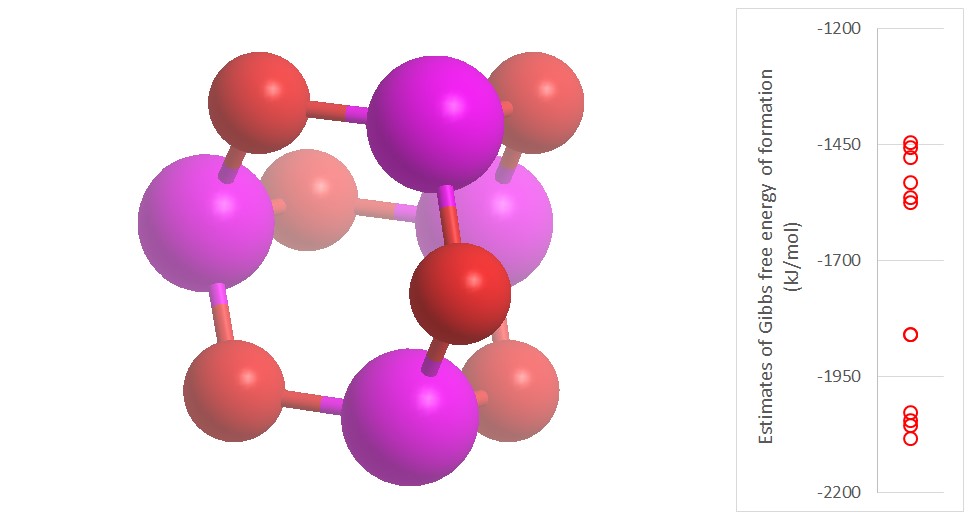The source of the reported phosphine (PH3) detection on Venus is unknown. There could be an as yet unknown geochemical or photochemical process. Or, there could possibly be life in the Venus cloud layers producing PH3 (1).
One proposed PH3 atmospheric formation pathway is the reaction of phosphorus (III) oxide (P4O6) with water to transiently form phosphorous acid (H3PO3) which is unstable in the gas phase and undergoes disproportionation to phosphine and phosphoric acid (H3PO4). The proposed reaction proceeds as follows:
P4O6 + 6 H2O → [4 H3PO3] → PH3 + 3 H3PO4
We have previously shown (1) that this reaction in the Venus atmosphere would not spontaneously generate sufficient PH3 to explain the observed amounts (2). In contrast, Prof. Mathew Pasek and his team from the Department of Geosciences at the University of South Florida found that the reaction would generate PH3, if P4O6 was present at low altitudes in the atmosphere of Venus (3). They did not however calculate whether P4O6 was indeed present.
To resolve this major discrepancy between the two contradictory studies, we joined forces with Prof. Pasek’s team. Together we have shown that the formation of phosphine from P4O6 in the Venusian atmosphere is thermodynamically unfavorable and therefore cannot be the source of PH3 in the Venus atmosphere.
We conclude that the widely used values from the NIST/JANAF thermochemical database are almost certainly too low (specifically the Gibbs free energy of formation of P4O6) and therefore erroneously predict that P4O6 is more stable than is plausible. We showed that there is no combination of thermodynamic values that allows P4O6 to be present and allows PH3 to be formed by disproportionation of P4O6 (4). This finding rules out P4O6 disproportionation as a source of PH3 in Venus clouds, although it does not rule out other unknown abiotic sources for PH3.
We emphasize that there is a need for more robust data on both the thermodynamics of phosphorus chemistry for astronomical and geological modelling in general, and for understanding the atmosphere of Venus in particular.
The paper detailing the results is published in the American Chemical Society Earth and Space Chemistry Journal (4).
- W. Bains, et al., Phosphine on Venus Cannot be Explained by Conventional Processes. Astrobiology 21, 1277–1304 (2021).
- J. S. Greaves, et al., Low levels of sulphur dioxide contamination of Venusian phosphine spectra. Mon. Not. R. Astron. Soc. 514, 2994–3001 (2022).
- A. Omran, et al., Phosphine Generation Pathways on Rocky Planets. Astrobiology 21, 1264–1276 (2021).
- W. Bains, et al., Large Uncertainties in the Thermodynamics of Phosphorus (III) Oxide (P4O6) Have Significant Implications for Phosphorus Species in Planetary Atmospheres. ACS Earth Sp. Chem. (2023) https:/doi.org/10.1021/acsearthspacechem.3c00016.

